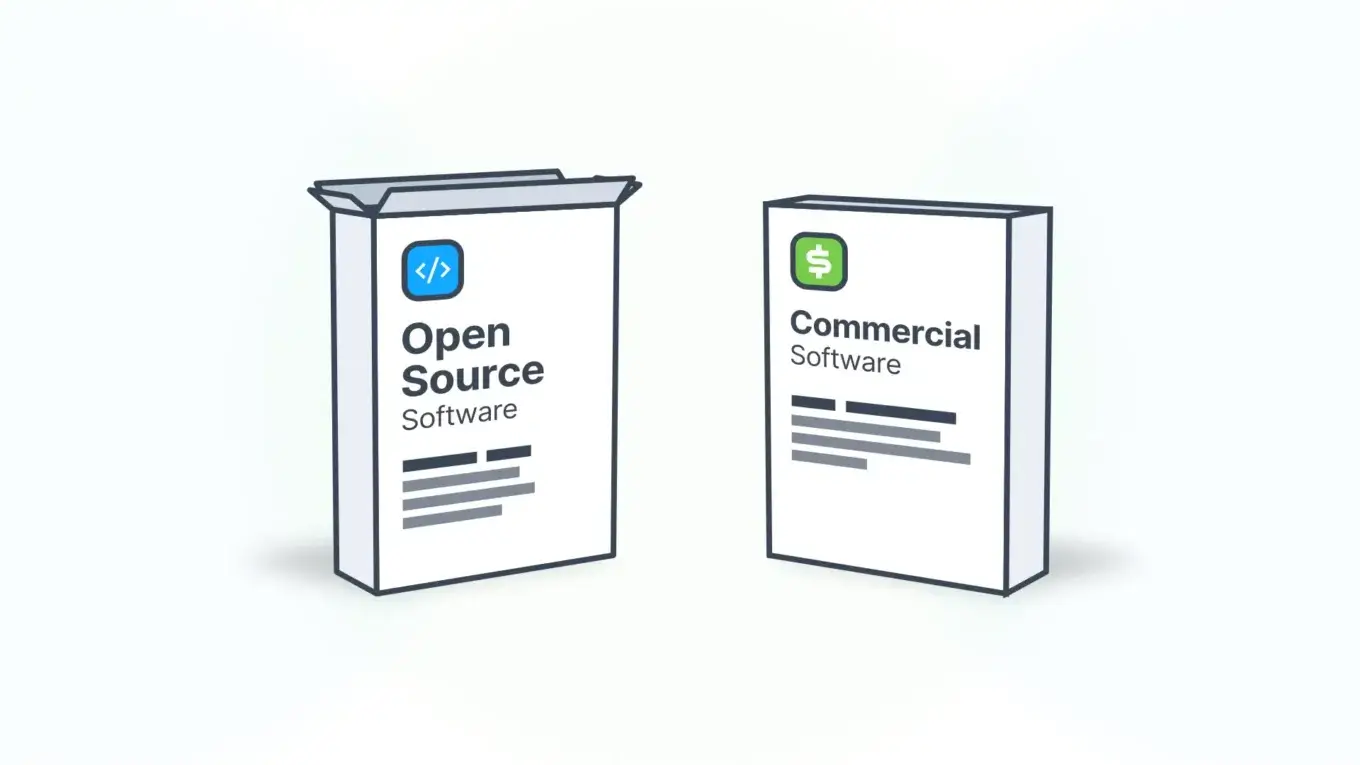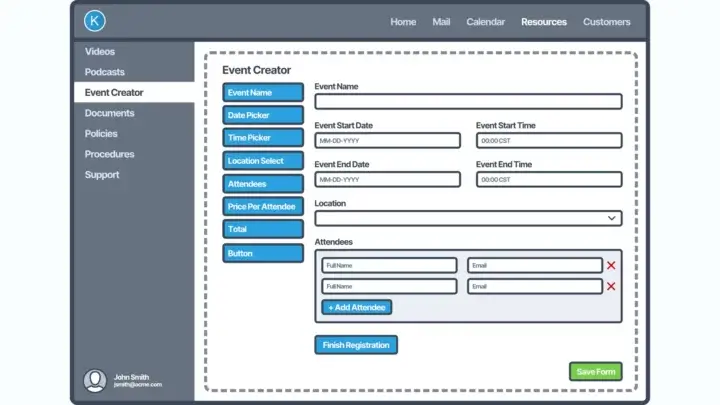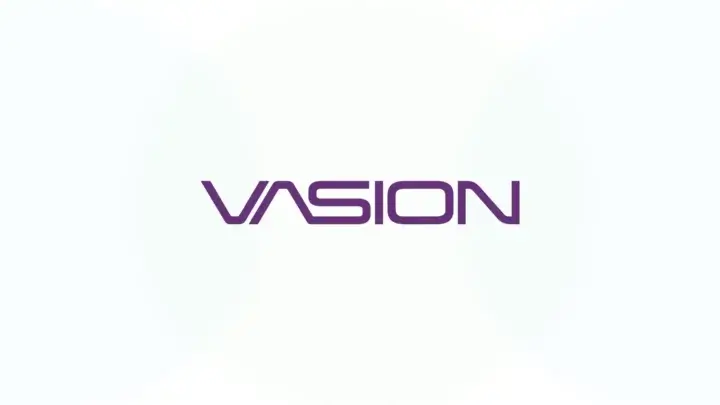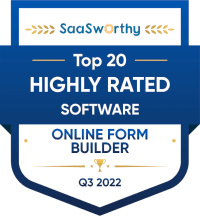You need to choose both.
It’s what you choose to be open source and what you choose to be proprietary.
What do I mean by developer productivity tools?
You’re building an app, and you need libraries and/or technologies that are tightly integrated into the app you’re building that define your strategy. That’s the context.
The Case For Choosing Open Source
For a lot of these tools, the decision to use open source is straightforward. A number of them are time-tested, industry-standard, and widely used.
You probably have a pattern or even a script you’ve written to install a boilerplate set of libraries that you use for most projects.
And they’re invaluable. Open source packages are extensible allowing you to fork and modify them for your specific use cases if that becomes necessary or desired. They’re transparent allowing anyone to review the code which helps ensure proper functionality and security. And you can deploy them in your builds and environments. All of this fosters trust and adoption.
And for the most popular libraries, a pure open source offering works great. There’s been enough critical mass of adoption over time where multiple groups of people are maintaining them to ensure their longevity for years to come.
But for some functionality, it’s not that simple, especially when your use case is specific and the application you’re building is mission-critical for your organization and/or your customers.
Modern applications rely on numerous third-party dependencies, creating complex dependency trees that can introduce security vulnerabilities and maintenance overhead. This is especially true for enterprise development teams and organizations with strict security requirements.
You can’t afford to rely on any developer productivity tool or library that may or may not be around in the near future.

Not every library reaches that critical mass and no open source developer productivity tool is guaranteed to be maintained forever. What then?
Maybe you fork the library and take it over yourself, which is a whole time-consuming side quest that you weren’t planning on.
Skin In The Game
Which is why sometimes the best course to take is to look for a commercial offering. The company that’s built the software has skin in the game. They’re financially incentivized to produce a good software product and maintain it.
And the good companies listen to their customers and build the features that they need. We love it when the difficult problem is solved for us as it saves us time, agony, and money.
For a lot of use cases, this is an easy decision. Most of us buy commercial software for one thing or another—to use. But there’s a huge difference between signing up for the next SaaS to use vs. purchasing a license for something to build with, that will be tightly integrated into your app.
In this scenario, it’s important to ask a different set of questions that need weighing, such as:
- What level of control am I losing if I have to build my app that’s reliant on this proprietary software?
- How much is it going to cost if I scale to hundreds of thousands of users or more?
- What if they double their prices?
- How secure is the software?
- Can I deploy it natively in my environment or app?
With how fast tech moves, the risk of getting locked into something proprietary that will cost time and money down the road is high.
Which is why you might consider mixing things up.
It’s Not Whether, But Which
- It’s not whether you’re going to use open source software for some things or not, but which ones and for what purposes.
- It’s not whether you’re going to use a commercial license for some things or not, but which.
If you’re building an app, chances are you already leverage both. You’re probably going to leverage:
- A commercial email provider
- An open source front-end framework
- A commercial cloud environment
- An open source database with potentially commercial features on top.
And buying / sourcing various services is only expanding:
- Content delivery networks
- Load balancers
- Message queue systems
- Logging & monitoring
- Certificate management
- Payment processors
- Captcha services
- Image optimization
- PDF generation and manipulation
- Form & API generation and management
Depending on your industry and use-cases, what you decide to leverage that’s open source vs commercial will vary.
Which is why in 2025, more and more companies that offer software for developers to build with are providing both—an open source and commercial option.
This hybrid approach allows developers to leverage the transparency, flexibility, and community support of open source while also benefiting from the reliability, dedicated support, and advanced features often associated with commercial offerings.
So You Can
- Maintain Flexibility and Control: Open source components enable developers maintain the ability to modify and customize core functionality when needed. This ensures that the software can be adapted to specific business requirements without being 100% dependent on a vendor’s roadmap.
- Be Cost Strategic: Open source tools often come at no initial cost, allowing teams to allocate budget towards commercial tools that provide significant value-add features or support.
- Ensure Security and Compliance: While open source software benefits from community scrutiny, commercial tools often come with dedicated security teams and compliance certifications, crucial for enterprise environments.
- Receive Support and Maintenance: Commercial vendors provide professional support and regular updates, reducing the maintenance burden on internal teams and ensuring long-term viability.
- AND Get The Advanced Features: Commercial offerings often include sophisticated features that may be absent or less developed in open source alternatives, particularly for specialized or industry-specific needs.
Don’t Default
Which brings me to forms and APIs. In the past, developers would build these from scratch.
Various companies got the wiser and started to offer default solutions that go with their software platform. For example, if you’re using SalesForce, then you can use the default forms that come with SalesForce. But what happens when you need to go outside of Salesforce? It may not be so straightforward.
Of course there are ways around this, there are solutions to this, but they are afterthoughts.
Until recently, forms haven’t been considered as an independent solution from other parts of your tech stack (like the solutions and services mentioned above), because there’s never been a 3rd-party solution that’s intentionally built for developers to build with, that fully deploys in a development environment, and gives you the flexibility and control you need.
Form.io As A Developer Productivity Tool With An Open Source Core Combined With Enterprise Features
Swipe right
Developers use Form.io to build enterprise-class data collection and business process applications with speed and scalability by:
- Automating form building and their respective APIs via drag and drop
- Enabling teams to make form changes that reflect in production environments without having to commit new code
- Auto-generating PDFs based on form submissions and creating forms from PDFs
- Providing form management tools and the necessary roles and permissions for large teams
- And more.
Our core API engine that undergirds the platform, the front-end Javascript rendering libraries (React, Angular, Vue, Vanilla), and a number of other supporting libraries are all open source, so you can modify and extend as needed, deploy natively in your environment, and have trust in the code transparency.
In addition, the data structure is JSON-based and the platform is API-driven, which further enables high scalability, easy integrations, and adherence to the growing global standard.
On top of the open source core, Form.io offers custom form field components, advanced security and compliance modules, professional support, dedicated maintenance, PDF form import and export, reporting, and the ability to deploy the form building interface into your app.
The best part is that even the enterprise licensed components and the tools—the entire Form.io platform—is fully deployed in your environment via Docker, so you never have to API out to 3rd-party infrastructure as part of your core application or log into a 3rd-party tool.If you’re building an app and you want to avoid building these things from scratch or wrangling the default options that come with the platform you’re building on, let us know.

















